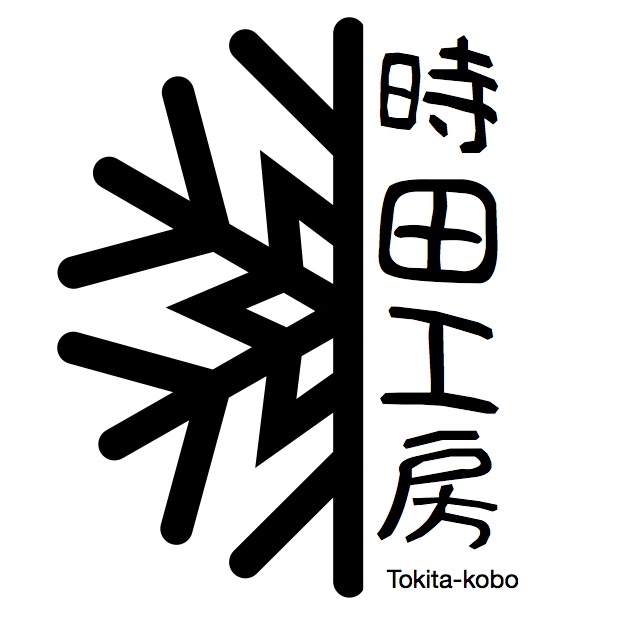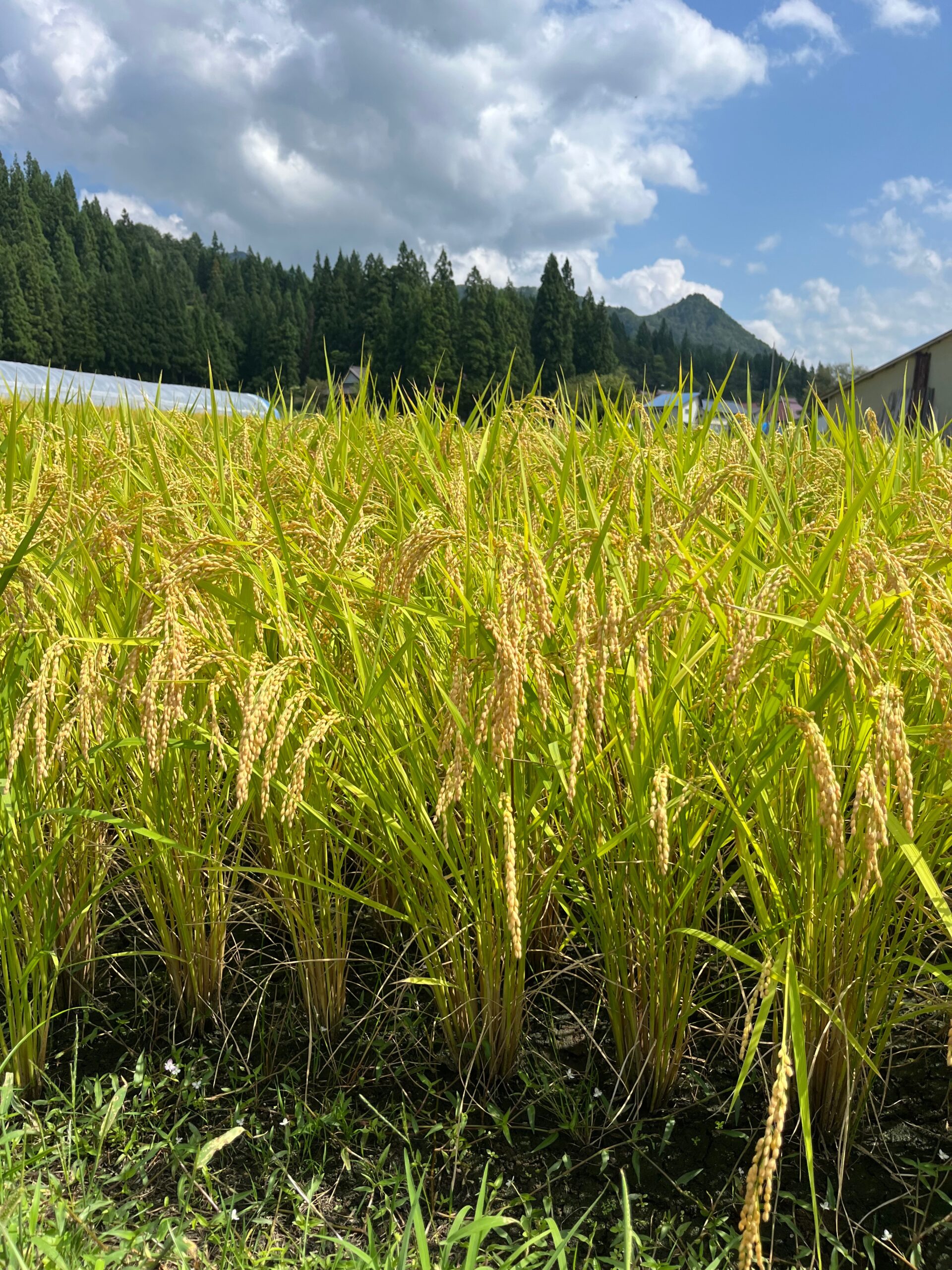September in Japan is a special time—it’s the month of the rice harvest (ine no shuukaku / 稲の収穫), a season that goes far beyond agriculture. For centuries, rice has not only been the staple food of Japan but also the foundation of its culture, traditions, and spirituality. When the golden ears of rice sway in the autumn breeze, it signals a season of gratitude, hard work, and community.
The Life of Rice in Japan

Rice cultivation begins in spring when seedlings are carefully planted in flooded paddies. Through the summer months, farmers tend to the growing plants, watching them transform into lush green fields. By September, the once-green paddies have turned golden, ready for harvest. This cycle of planting and harvesting has shaped Japanese life for over 2,000 years.
Rice is not just food—it’s considered sacred. In Shinto beliefs, rice embodies the blessings of nature and the gods. That’s why harvest season has long been connected to festivals and rituals, celebrating both human effort and divine grace.
Tsukimi and Harvest Festivals

The rice harvest coincides with Tsukimi (月見, moon-viewing) in mid-autumn, when people admire the full moon and give thanks for the bounty of the fields. Offerings of rice dumplings (tsukimi dango), seasonal produce, and freshly harvested rice are made to the moon.
Local communities also hold harvest festivals (Niinamesai 新嘗祭 and others) to thank the gods for a successful crop. These festivals often include dances, music, and shared meals, strengthening the ties between neighbors and reminding everyone of their deep connection to the land.
Freshly Harvested Rice – Shinmai (新米)

One of the joys of September is shinmai, the season’s first freshly harvested rice. Shinmai has a distinct sweetness, shine, and aroma that sets it apart from rice eaten later in the year. Families eagerly wait for the new crop to appear in stores, often enjoying it simply steamed to savor its natural flavor.
For many Japanese households, the arrival of shinmai is a small but meaningful celebration—a reminder of abundance and continuity.
Rice Beyond the Bowl
The September rice harvest also supports other beloved Japanese foods and drinks. Fresh rice is used to make:
Mochi (rice cakes) for seasonal festivals
Sake (rice wine), brewed from the new crop
Senbei (rice crackers), a traditional snack
Each of these foods carries cultural meaning, extending the importance of rice far beyond the dinner table.
The price of rice saw a significant surge from 2023 to 2024 and continued to remain high into 2025. However, with the government releasing reserve rice stocks, prices in some regions began to decline from mid-2025. Still, due to factors such as reduced supply and rising production costs, it is unlikely that prices will return to previous low levels, and they are expected to remain relatively high going forward.
Hope you enjoy a bowl of rice, imagine the golden paddies of September and the centuries of history behind each grain.

